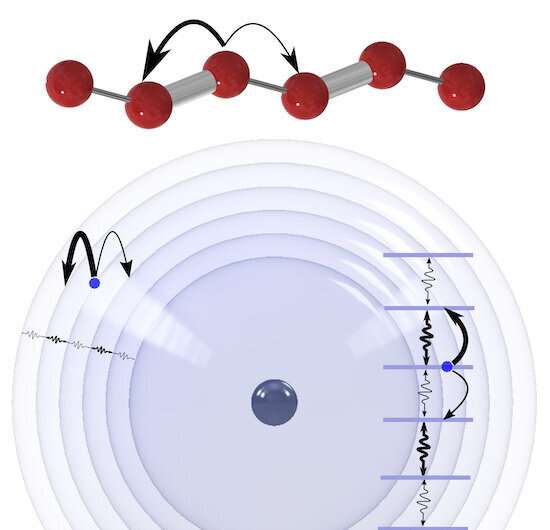Phys.org February 21, 2022
To push spatial boundaries researchers at Rice University developed a technique to engineer the Rydberg states of ultracold strontium atoms by applying resonant microwave electric fields to couple many states together, making the levels look like particles that just move around between locations in space. Rydberg atoms possess many regularly spaced quantum energy levels, which can be coupled by microwaves that allow the highly excited electron to move from level to level. They demonstrated their techniques by making a 1D lattice using lasers to cool strontium atoms and applied microwaves with alternating weak and strong couplings to create the proper synthetic landscape. A second set of lasers was used to excite atoms to the manifold of coupled, high-lying Rydberg states. The experiment revealed how particles move through the 1D lattice. According to the researchers the techniques could also help realize systems that can’t be achieved in real three-dimensional space, creating a powerful new platform for quantum research…read more. Open Access TECHNICAL ARTICLE

Rice physicists created synthetic dimensions in atoms by forcing them into Rydberg states, supersizing electrons’ orbits to make the atoms thousands of times larger than normal… Credit: Soumya Kanungo